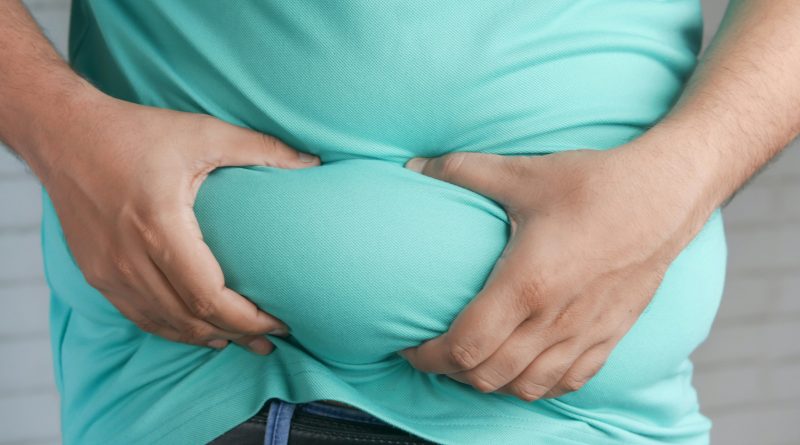Obstructive But Overlooked
Obstructive But Overlooked
Despite its severe consequences, Obesity Hypoventilation Syndrome (OHS) is rarely diagnosed early, leading to higher mortality and prolonged hospital stays. India faces a looming health crisis with this little-known ailment
By Dr Pranav Ish
Obesity Hypoventilation Syndrome (OHS) is a severe and often overlooked health issue, especially in countries like India. Despite its prevalence, awareness and treatment options remain limited. OHS happens when obesity (body mass index [BMI] > 30 kg/m²) combines with high levels of carbon dioxide in the blood (pCO2 > 45 mm Hg) during the day. This condition often accompanies sleep apnoea, a disorder where breathing repeatedly stops and starts during sleep.
Obesity is a known risk factor for obstructive sleep apnoea/hypopnoea syndrome (OSAHS). Studies suggest that 10 per cent to 20 per cent of people with OSAHS might also have high carbon dioxide levels. However, these studies often have limitations such as small sample sizes and a lack of diversity among participants. Therefore, the exact number of people with OHS is unclear. Current estimates suggest that about 0.3 per cent to 0.4 per cent of the population might have OHS, and this number is expected to rise as obesity rates increase. Understanding how widespread OHS is can help in planning healthcare services better.
Diagnosing and Treating OHS
Early detection of OHS is crucial due to its severe health impacts. If untreated, OHS can lead to a 23 per cent death rate within 18 months after leaving the hospital. Proper treatment can reduce this rate to just 3 per cent. Without treatment, patients are more likely to need intensive medical interventions and have longer hospital stays.
To screen for high carbon dioxide levels during the day, doctors typically measure arterial blood gases. Obese patients with high carbon dioxide levels often have higher BMI, more severe sleep apnoea, and worse lung function compared to those without high carbon dioxide levels. The condition of OHS is complicated, but effective treatments can disrupt this cycle.
Pathophysiology and treatment of OHS
Addressing obesity is crucial. Weight loss through diet, exercise, and sometimes surgery like bariatric surgery is highly beneficial. Positive airway pressure (PAP) therapy, particularly continuous PAP, is essential, though some patients may need bi-level PAP therapy. Certain medications, like medroxyprogesterone and acetazolamide, have an unproven role in treatment.
In today’s world, the rise in obesity brings new health challenges, including conditions like OHS. Early diagnosis, effective treatment, and preventive measures are crucial to reduce the health problems and deaths associated with OHS.
(The author is Assistant Professor in the Department of Pulmonary, Critical Care & Sleep Medicine at Vardhman Mahavir Medical College and Safdarjung Hospital, New Delhi.)

